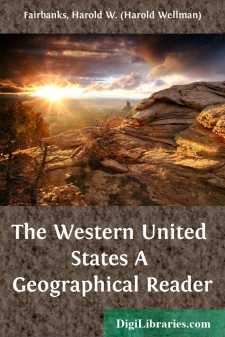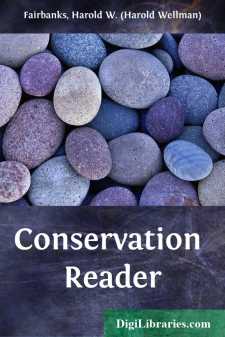Categories
- Antiques & Collectibles 13
- Architecture 36
- Art 48
- Bibles 22
- Biography & Autobiography 813
- Body, Mind & Spirit 142
- Business & Economics 28
- Children's Books 17
- Children's Fiction 14
- Computers 4
- Cooking 94
- Crafts & Hobbies 4
- Drama 346
- Education 46
- Family & Relationships 57
- Fiction 11829
- Games 19
- Gardening 17
- Health & Fitness 34
- History 1377
- House & Home 1
- Humor 147
- Juvenile Fiction 1873
- Juvenile Nonfiction 202
- Language Arts & Disciplines 88
- Law 16
- Literary Collections 686
- Literary Criticism 179
- Mathematics 13
- Medical 41
- Music 40
- Nature 179
- Non-Classifiable 1768
- Performing Arts 7
- Periodicals 1453
- Philosophy 64
- Photography 2
- Poetry 896
- Political Science 203
- Psychology 42
- Reference 154
- Religion 513
- Science 126
- Self-Help 84
- Social Science 81
- Sports & Recreation 34
- Study Aids 3
- Technology & Engineering 59
- Transportation 23
- Travel 463
- True Crime 29
The Western United States A Geographical Reader
Categories:
Description:
Excerpt
THE WORK OF THE COLORADO RIVER
The Colorado River is not old, as we estimate the age of rivers. It was born when the Rocky Mountains were first uplifted to the sky, when their lofty peaks, collecting the moisture of the storms, sent streams dashing down to the plains below. Upon the western slope of the mountains a number of these streams united in one great river, which wound here and there, seeking the easiest route across the plateau to the Gulf of California.
At first the banks of the river were low, and its course was easily turned one way or another. From the base of the mountains to the level of the ocean there is a fall of more than a mile, so that the river ran swiftly and was not long in making for itself a definite channel.
Many thousands of years passed. America was discovered. The Spaniards conquered Mexico and sent expeditions northward in search of the cities of Cibola, where it was said that gold and silver were abundant. One of these parties is reported to have reached a mighty cañon, into which it was impossible to descend. The cañon was so deep that rocks standing in the bottom, which were in reality higher than the Seville cathedral, appeared no taller than a man.
Another party discovered the mouth of the river and called it, because of their safe arrival, The River of Our Lady of Safe Conduct. They went as far up the river as its shallow waters would permit, but failed to find the seven cities of which they were in search, and turned about and went back to Mexico. For years afterward the river remained undisturbed, so far as white men were concerned. A great part of the stream was unknown even to the Indians, for the barren plateaus upon either side offered no inducements to approach.
Trappers and explorers in the Rocky Mountains reached the head waters of the river nearly one hundred years ago, and followed the converging branches down as far as they dared toward the dark and forbidding cañons. It was believed that no boat could pass through the cañons, and that once launched upon those turbid waters, the adventurer would never be able to return.
The Colorado remained a river of mystery for nearly three centuries after its discovery. When California and New Mexico had become a part of the Union, about the middle of the last century, the cañon of the Colorado was approached at various points by government exploring parties, which brought back more definite reports concerning the rugged gorge through which the river flows.
In 1869 Major Powell, at the head of a small party, undertook the dangerous trip through the cañon by boat. After enduring great hardships for a number of weeks, the party succeeded in reaching the lower end of the cañon. Major Powell's exploit has been repeated by only one other company, and some members of this party perished before the dangerous feat was accomplished.
FIG. 1.—THE GRAND CAÑON OF THE COLORADOThe work of a river
The Colorado is a wonderful stream. It is fed by the perpetual snows of the Rocky Mountains. For some distance the tributary streams flow through fertile valleys, many of them now richly and widely cultivated....



